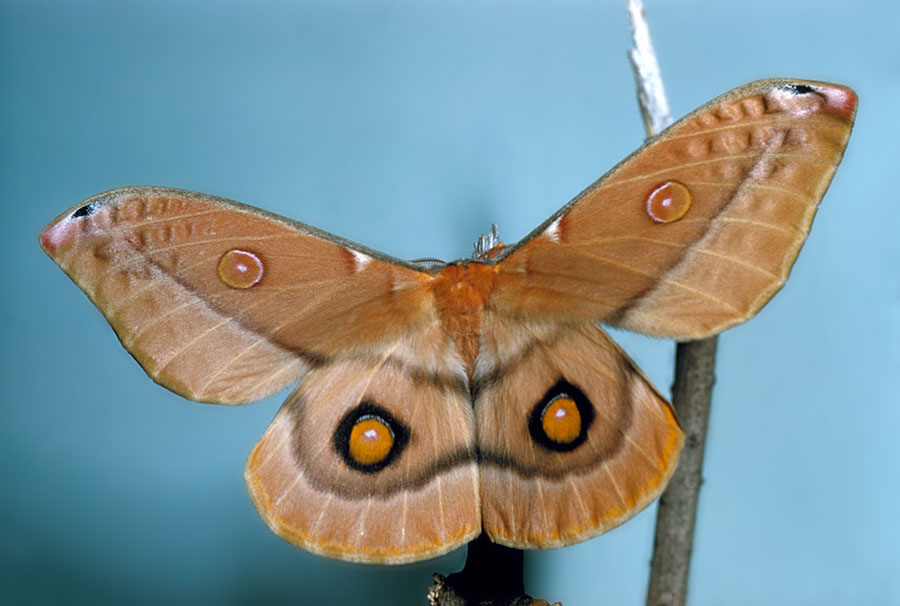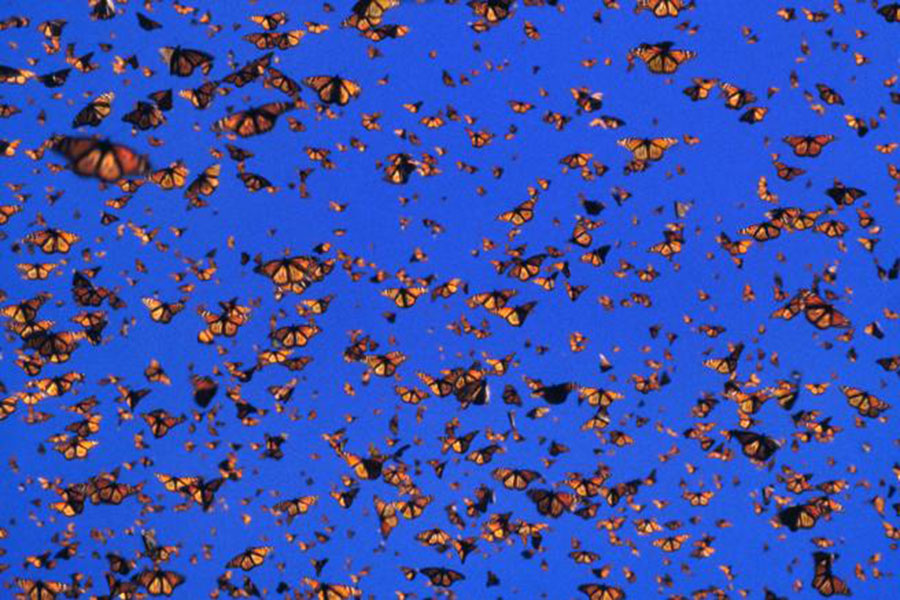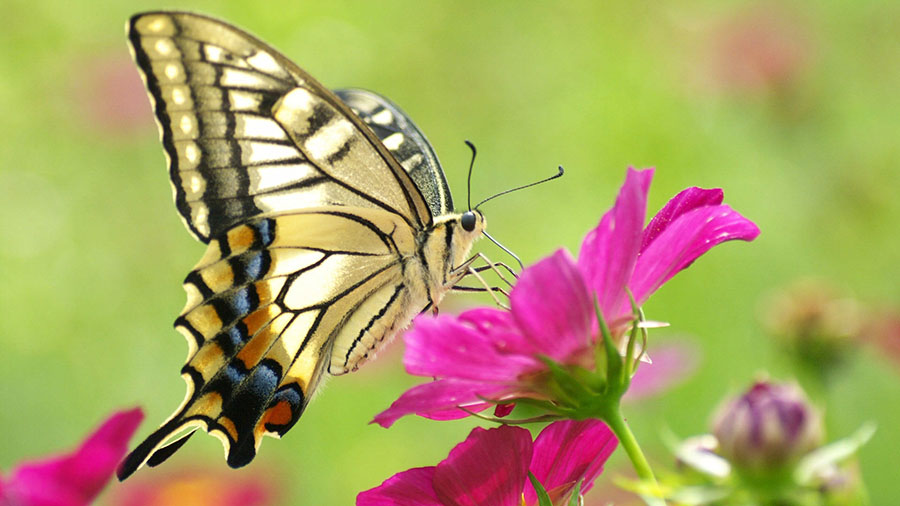After a long believing that scientists had an exact estimation of time, experts in Germany discovered new clues that revealed a more accurate date for when butterflies and moths started to populate our planet. This study released Wednesday suggested that these insects lived since more than a third of the time that it was already estimated. Thus, making their species older than flowers.
As the paper published in the journal Science Advances suggested, the German scientists linked the beginning of the Lepidoptera – the group of insects which both butterflies and moths belong – to around 200 million years ago. This date is 70 million years earlier than what previous studies estimated.
These results were obtained after discovering little-fossilized butterflies’ wings scales in northern Germany. They were so little that the experts compared their size to a speck of dust inside the rocks. But thanks to years of study, and well-advanced tech equipment, they could discover that the insects came from the Triassic and Jurassic period.
One of the most particular things that the experts found was the presence of proboscises in some insects. Scientists thought before that these long needle-like tubes that this species still have were there to reach flowers and pollinate them. But since they discovered that butterflies and moths are older than flowers, that theory doesn’t make much sense anymore.

The researchers said that thanks to this study, they can learn more about how these insects preserve their species for such a long time, and how their evolutionary process was throughout the millions of years. Additionally, they expressed how excited they are to discover which was the actual function of those long straw-like tongues they use to suck nectar from flowers.
“Our study shows that the groups of moths and butterflies with a tongue evolved independently from flowers, which arose nearly 70 million years later,” said to CNN one of the lead researchers, Bas van de Schootbrugge, from the Utrecht University in the Netherlands.
A long time studying the scales
Paul K. Strother, an expert in prehistoric pollen and spores from the Boston College, decided in 2012 to travel to Germany to visit the lab of his fellow microfossil paleontologist: Dr. Bas van de Schootbrugge. Both found the rocks where the scales were.
To visualize the findings and differentiate the insects’ remains from simple dust, the team used a particular acid to dissolve ancient rocks and leave behind anything they didn’t want to study. That allowed them to separate even the “perfectly preserved” scales that were covering the wings of the butterflies and moths from the “black organic smudge,” as van Eldijk called it.
Dr. Bas van de Schootbrugge said that they found the “microscopic remains” of the organisms in the “form of these scales.”
After they discovered the rocks fossilized and used the acid, they conserved the scales to show them to a group of experts in modern insects. This, to assure that those remains were actually from butterflies or moths.

As Strother informed, the scales were “not diagnostic,” which meant that it was impossible to say that the scales were from a precise insect group – Lepidoptera, in this case – because they could be from even mosquitoes.
In Paris, Strother joined in lunch a man named Torsten Wappler – an expert in extinct insects from the University of Bonn. He’s known for having developed a well-established 479-million-year family tree of insect evolution.
When Wappler looked at the pictures that Strother had conserved in his computer, he examined them and told him that he could classify the species of the insect. However, he would need to have a long-time-work attached to a microscope.
Then, Van de Schootbrugge searched for an undergraduate student named Timo J. B. van Eldijk. As Strother said, he was “the guy that did all the work.”
Older than flowers
The team looked the scales again and divided them into two groups. The first one, which van Eldijk called “primitive,” was a set of solid and compact scales. However, the second group and “the real shocker,” were hollow and proved the object of this study.

Previous research has suggested that the earliest moths and butterflies had solid scales, and mandibles to chew food – as van Eldijk said. But the insects that came after that part of the group developed hollow scales in their wings and the proboscises.
Even Charles Darwin believed that these proboscises were there to allow insects to suck nectar from flowers. After he was gifted with an orchid, he wrote “Good Heavens, what insect can suck it” in a letter to a friend of him, in 1862. However, plants didn’t evolve to flowers until 130 million years ago.
There’s more research to be done so scientists can really tell more about the relationship between flowers and insects.
Source: Science Advances
